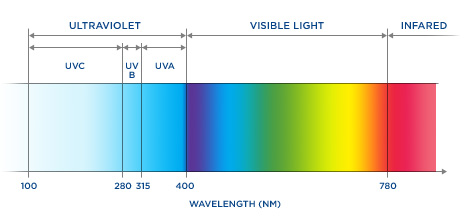Chameleopatrick
New Member
I have a question regarding LED lighting.....
I will be building a large custom acrylic terrarium for my male ambilobe. My house stays between 70-75 degrees at all times. The tank will be 2x2x4. Will the LED fixtures provide enough heat for him to bask, or should I also have a heating lamp?
Thanks!
Short answer, NO, Led's will not throw the heat required for basking.










